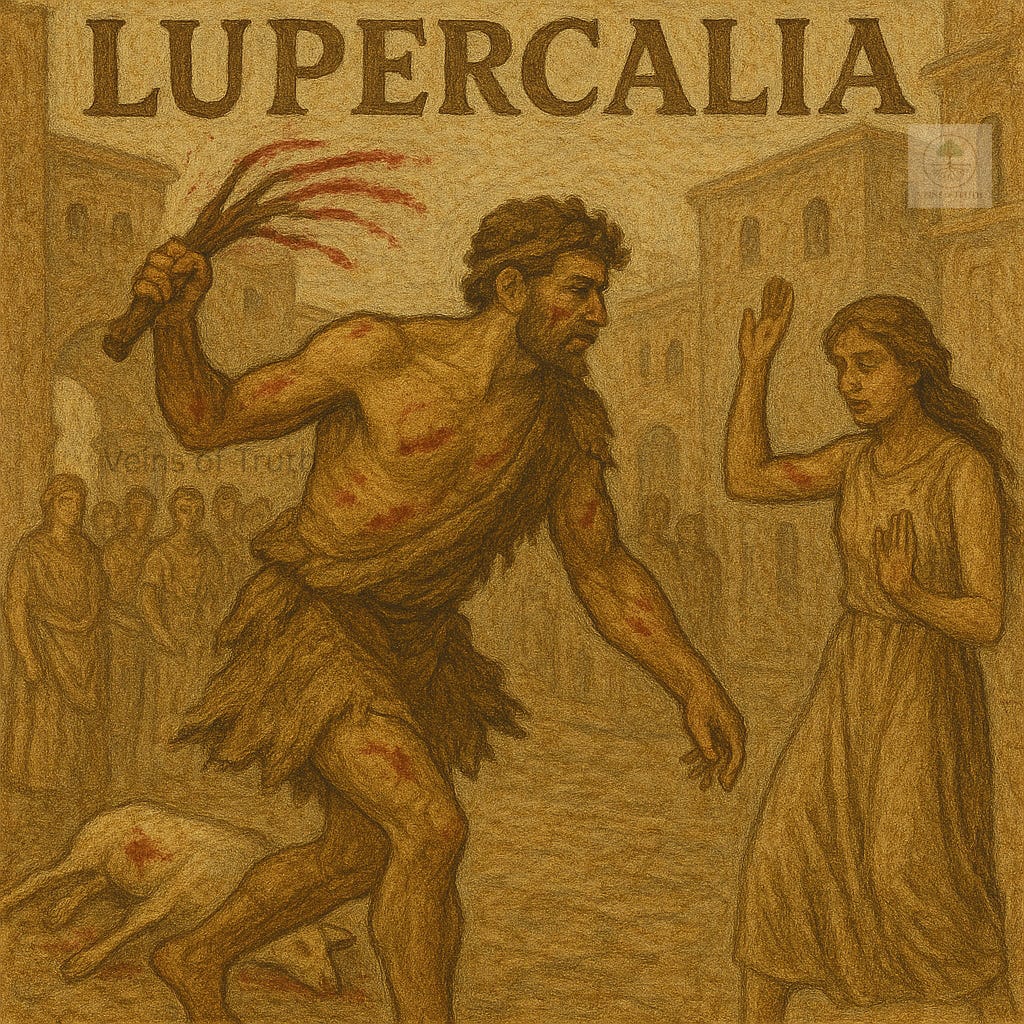Hearts, roses, and chocolate seem innocent enough. But what if the holiday billions celebrate in the name of love is rooted not in romance, but in blood, empire, and myth?
Valentine’s Day is widely seen today as a celebration of love. It fills store aisles with candy, inspires romantic dinners, and fuels billion-dollar industries. But behind the soft colors and sentimental cards lies a story most people have never been told. The modern version of Valentine’s Day is a carefully rebranded tradition, shaped by pagan rituals, Roman politics, Christian martyrdom, and corporate marketing—not universal human affection.
Before it was ever associated with Saint Valentine, February 14 was the date of an ancient Roman festival called Lupercalia, celebrated from February 13 to 15. Lupercalia was a fertility rite honoring the she-wolf that nursed Romulus and Remus, Rome’s mythical founders. According to Roman mythology, Romulus and Remus were twin brothers who were abandoned as babies and left to die. A wild she-wolf found them, nursed them, and kept them alive until they were discovered by a shepherd. When they grew up, Romulus killed Remus during a dispute and went on to become the founder of the city of Rome. The she-wolf became a symbol of strength and protection in Roman culture. During the festival, Roman priests (the Luperci) would sacrifice goats and dogs, smear the blood on themselves, and then run through the city streets striking women with thongs made from the hides. This was believed to encourage fertility and ease childbirth. It was violent, sexual, and deeply pagan【1】.
Keep reading with a 7-day free trial
Subscribe to VEINS OF TRUTH to keep reading this post and get 7 days of free access to the full post archives.



